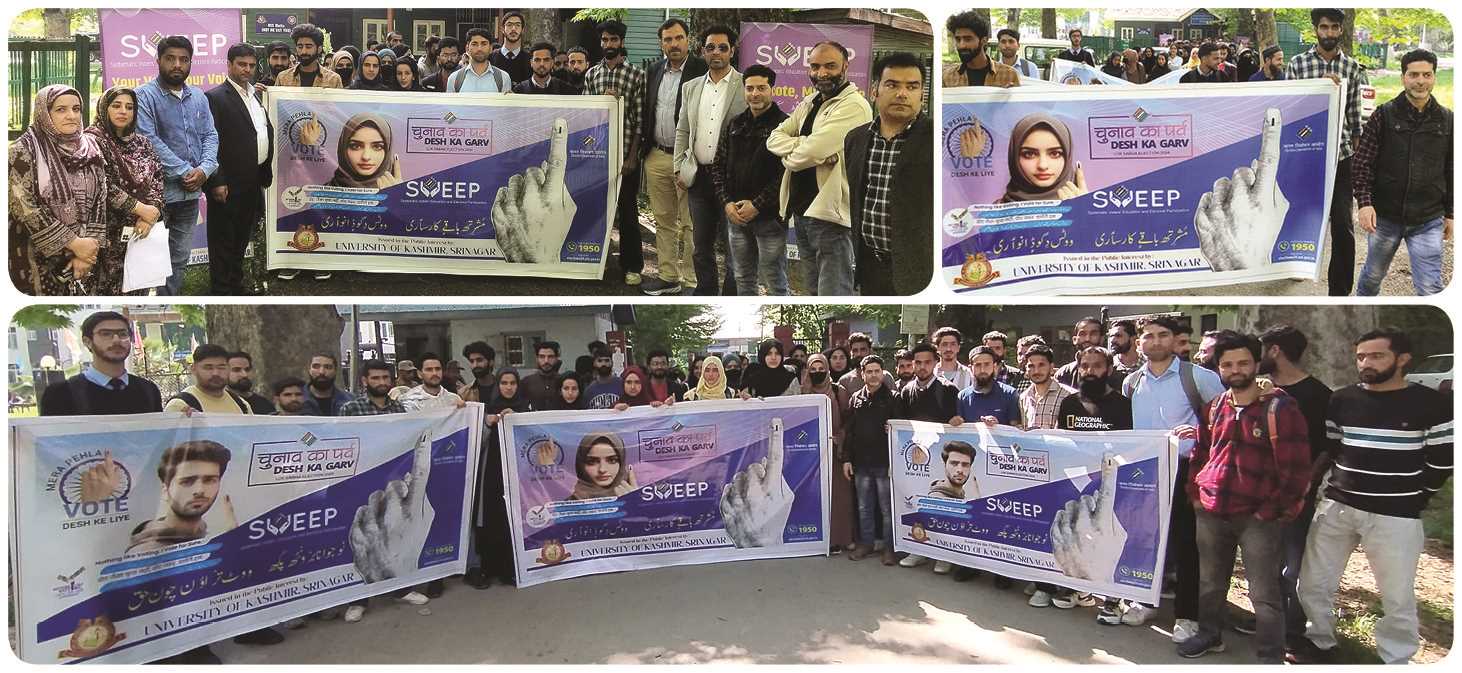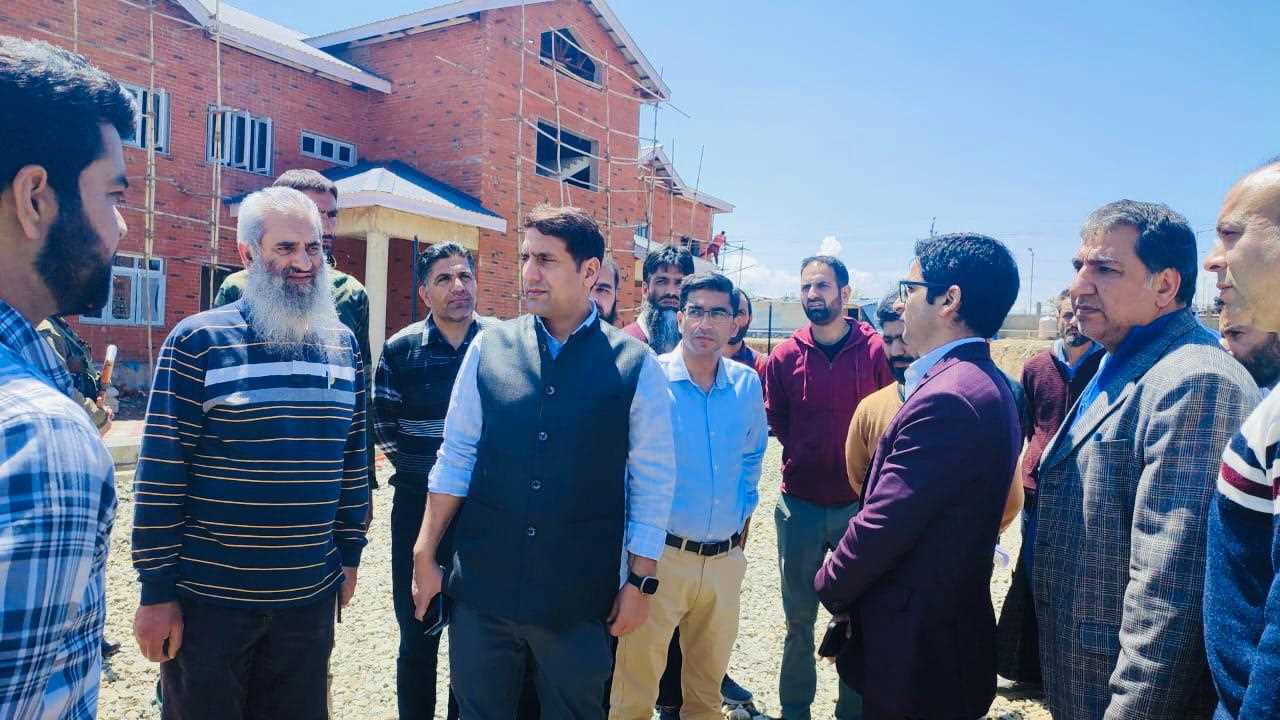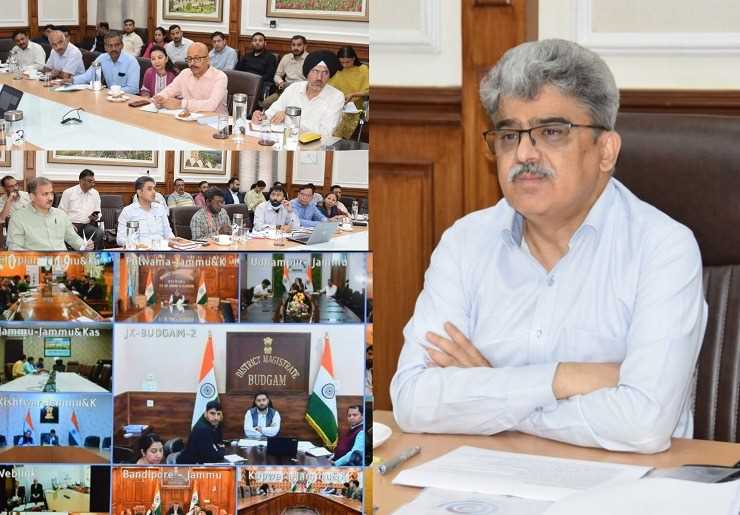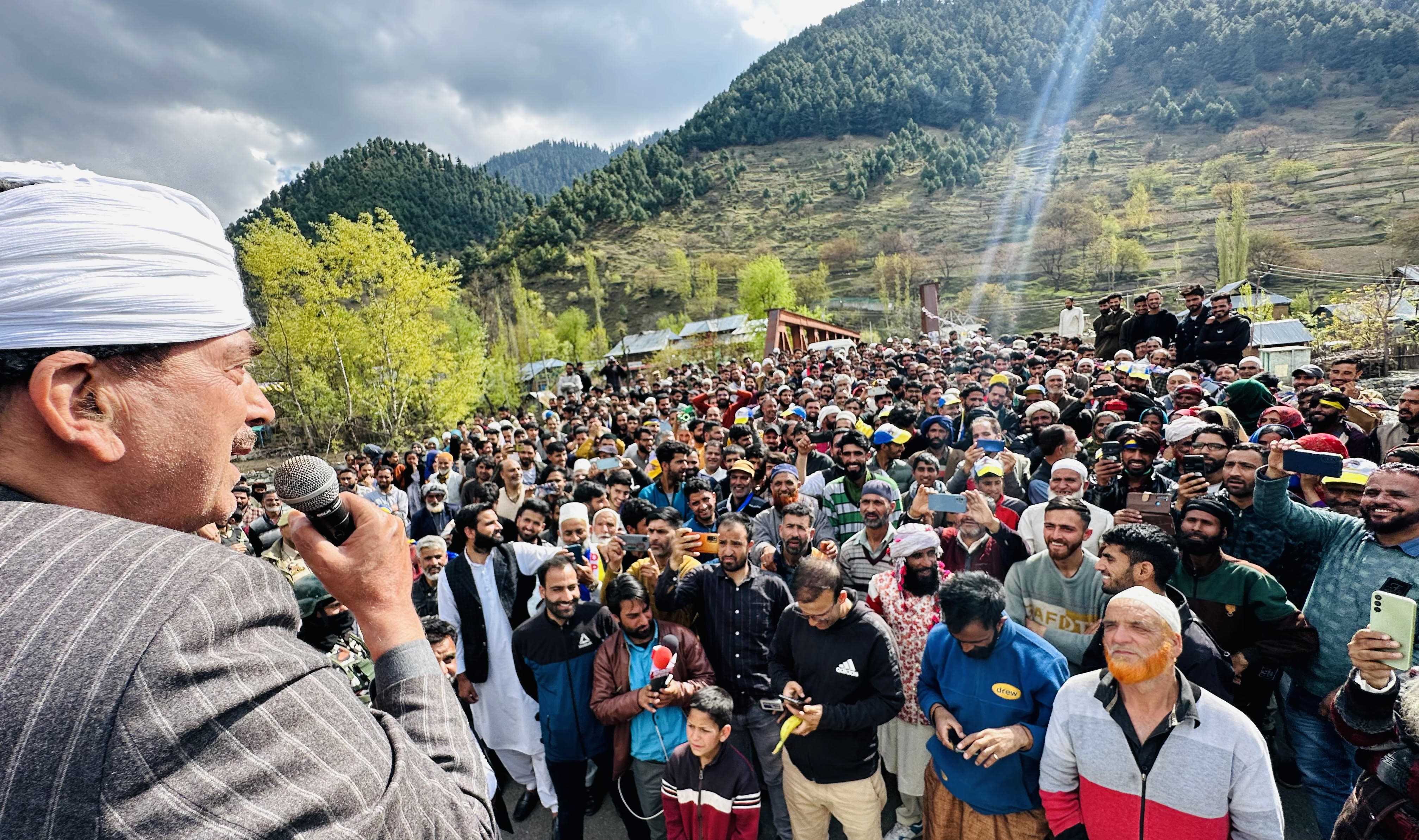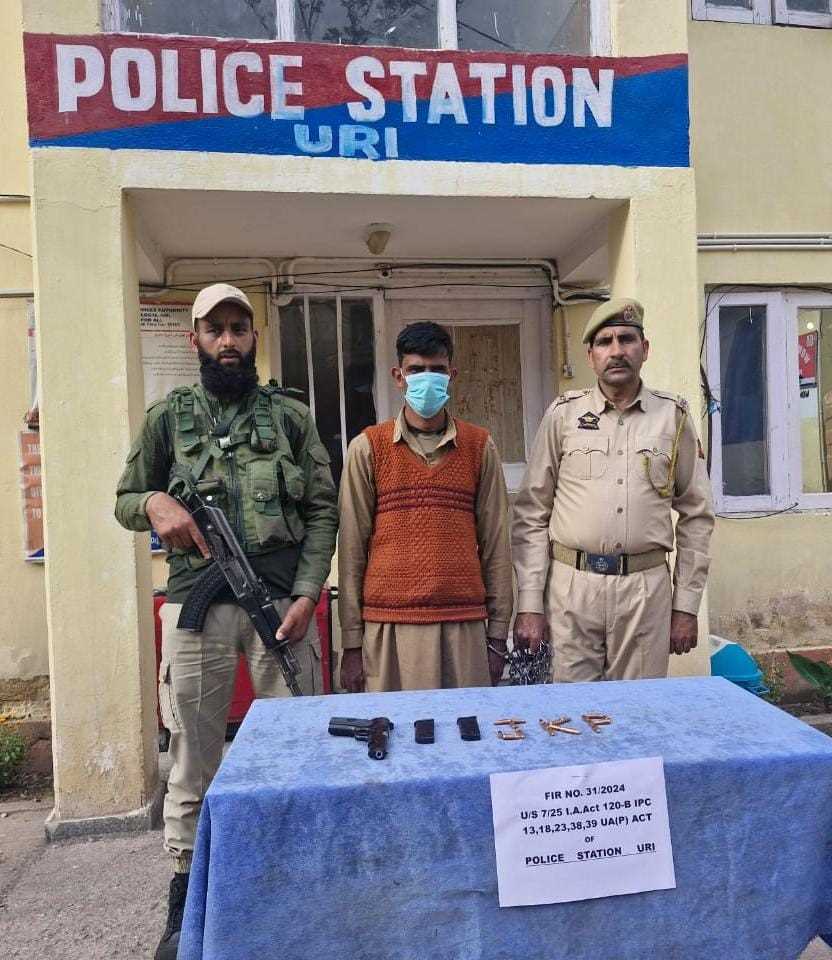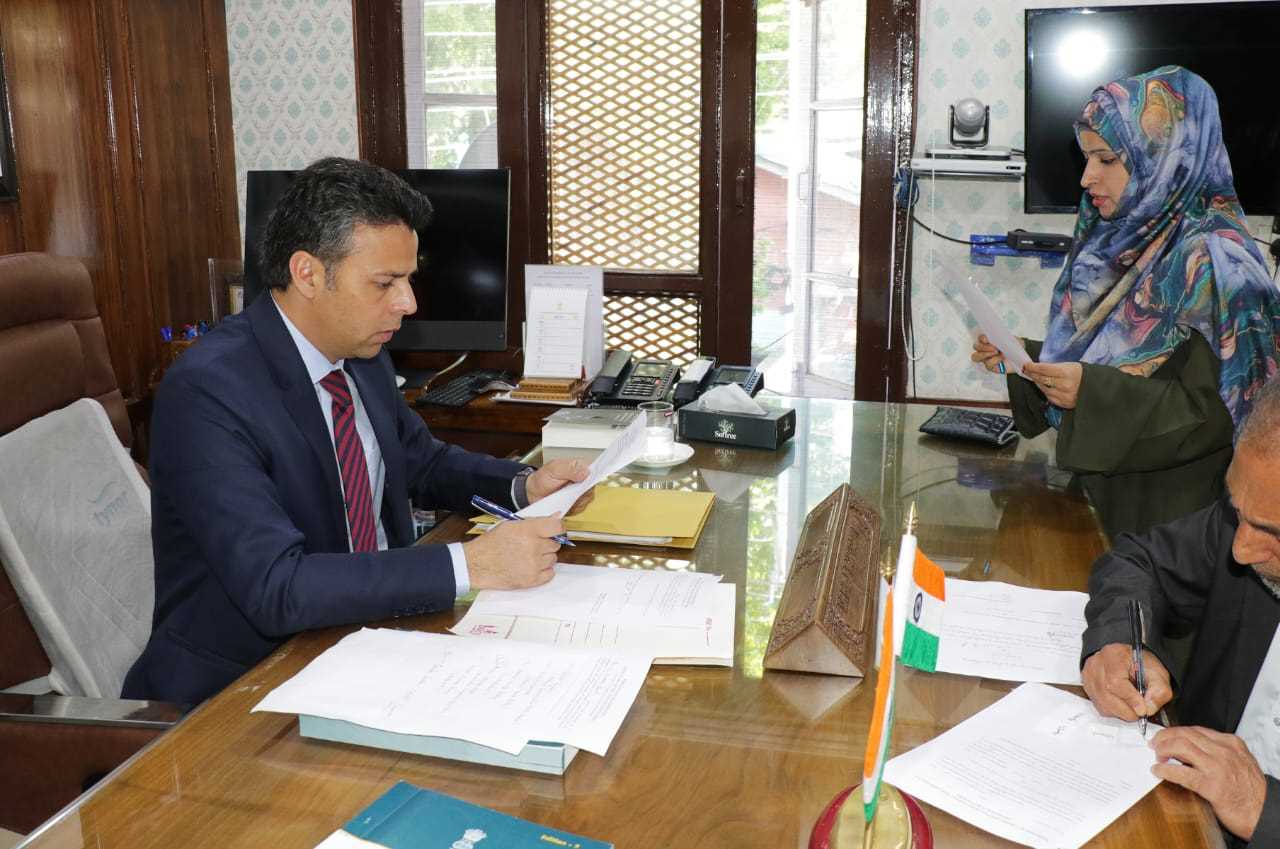Firebrand separatist leader Syed Ali Geelani’s resignation from the basic membership of the Hurriyat Conference on June 29 generated much debate on social and mainstream media. As usual, people analyzed this development based on their personal political positioning and many interesting things which would have never been discussed are in public domain now. We need to understand his decision to resign from two angles. One, it could essentially be an image building quest driven by the personal desire to become an “unparalleled" leader. Two, the role of Pakistan in making or shaking separatist leaders in Kashmir.
As for Geelani’s quest for becoming the ‘only one of his type’, there is a lot of material available which suggests that throughout his political career spanning over 60 years, his paramount concern was to stay relevant, even if it required him to make others redundant- and the means didn’t matter at all. He is a firm believer that while other leaders of his ilk are accountable and answerable to him, he himself is answerable to none. Accordingly, Geelani did everything under the sun to successfully build the image of an apostle who can’t be questioned.
Geelani has been accused for all sorts of things- from engineering splits to even possibly being somehow involved in the killing of separatist leaders. He was ruthless when it came discrediting people in the intelligentsia who differed with him. He enjoyed the complete support of militant groups that served as a ladder to reach the top. Geelani name became synonymous with both fear and love. While the politically ambitious feared him the most, a very large section of the youth adored him and Geelani scrupulously managed both the fronts.
He intelligently managed Kashmir's youth by selling them dreams and browbeat his detractors. Any attempt at targeting him was seen as plot against the “cause” and the “faith”. While Geelani never tolerated criticism, he himself never hesitated in criticizing others and his fine art of management helped him to emerge as the “unparalleled” leader in the political
landscape of Kashmir.
In 2010, while addressing a massive rally at SRTC ground in Srinagar, Geelani sought approval from the people of Kashmir on his leadership and requested their allegiance. Thus, he was successful in side-lining one and all in the separatist camp and took charge of street protests single-handedly. However, with the emergence of poster boys in militant ranks stealing the show, public inclination and affiliations changed and it’s from here that the downfall of Geelani started.
But it was his overriding filial ambitions that acted as the trigger for public disenchantment and some news channels on the national hook-up played a pivotal role in targeting Geelani for his attempts to secure the future of his sons, daughters and grand-children by misusing his influence. Soon, people in Kashmir were debating and discussing this and allegations that he had in 2016, made major compromises to get one of his grandsons appointed as Manager in the government-owned SKICC.
Second, many things unfolded- both in India and abroad, which forced Pakistan to change its Kashmir strategy. Now it was exaltation of militants - dead or alive, which occupied mind space and not political leadership. The glorification of militants was echoed by none other than the then Pakistani Prime Minister, Nawaz Sharif in his UNGA address when he referred to the slain poster boy Burhan Wani as Kashmir's leader. The foundation for shaking Kashmir’s sponsored leadership was laid and with its utility waning, Geelani’s larger than life image started crumbling.
Three, New Delhi fundamentally changed its ‘K’ policy soon after the events of 2016 and the ‘soft’ outlook being followed for decades came to an abrupt end. The State came down heavily on separatists with the NIA probing their illegal money dealings. With conclusive proof linking several senior Hurriyat leaders with ‘hawala’ deals, the situation on ground changed significantly and Geelani was no more centrifugal.
Pleading for the release of his son and son-in-law from NIA custody only made matters worse for Geelani. And by the time he secured the release of his son through whatever channels, the Government of India decided to annul the special status of the erstwhile state of Jammu and Kashmir. The state was re-organized the state into two union territories. The decision was bound to create ripples. It was but obvious that the people who being constantly being asked to make sacrifices by their leaders who were selling them dreams would demand an explanation. But since the leaders themselves had been stumped by New Delhi’s move to abrogate Article 370, the leaders were as clueless as the public. The narrative had changed!
The youth started questioning the separatist leadership - particularly Geelani - for his role in transforming Kashmir into a killing field to fulfil his lust for power and the demand for making Geelani answerable and accountable for death and destruction was already simmering but the covid-19 pandemic struck and bailed him out. But Geelani is a clever man and sensing the backlash of promising the moon but surreptitiously snatching the earth beneath, he started exploring avenues to avoid being censured by the public for his humongous follies.
To add to his woes, news of Geelani suffering from dementia was leaked to the media casting a shadow of doubt on his ability to lead the separatist conglomerate.
The crackdown on political leadership across the political divide attracted attention worldwide. However, while requests for the release of former chief ministers and mainstream political leaders came from various quarters, nobody seemed bothered about the separatist leaders. Even the Western media which was eagerly looking for each and every conceivable opportunity to flay New Delhi for caging politicians didn’t come out in support of separatists. This was a new low for the Hurriyat which once upon a time was the pet of the international community! (To be Continued)



